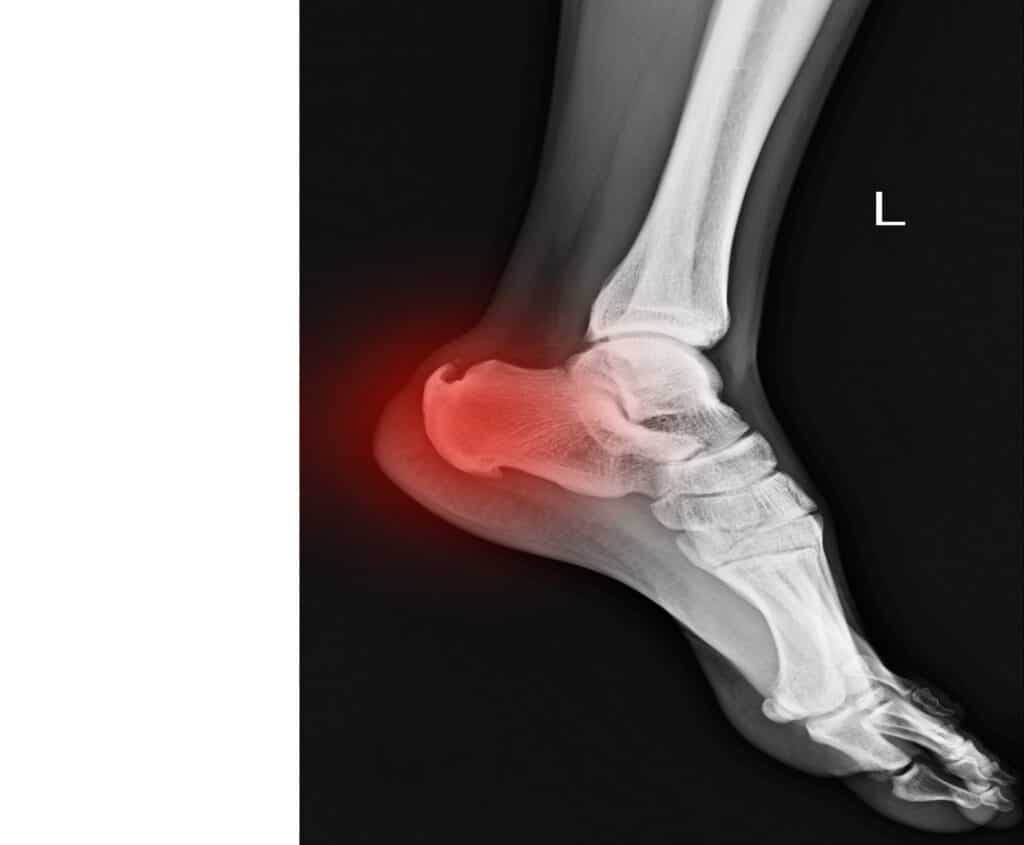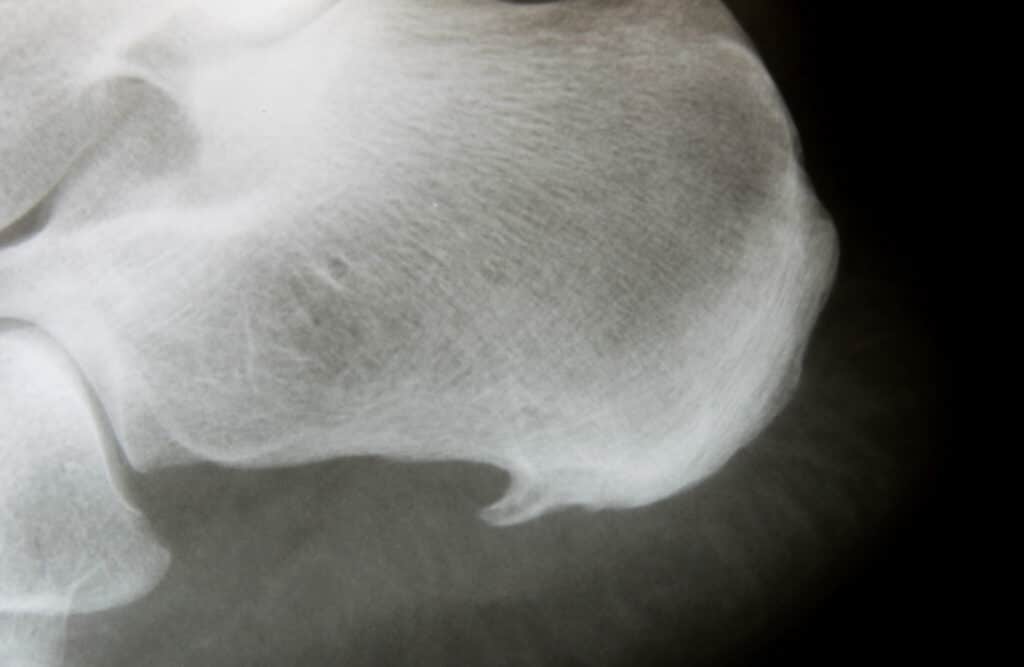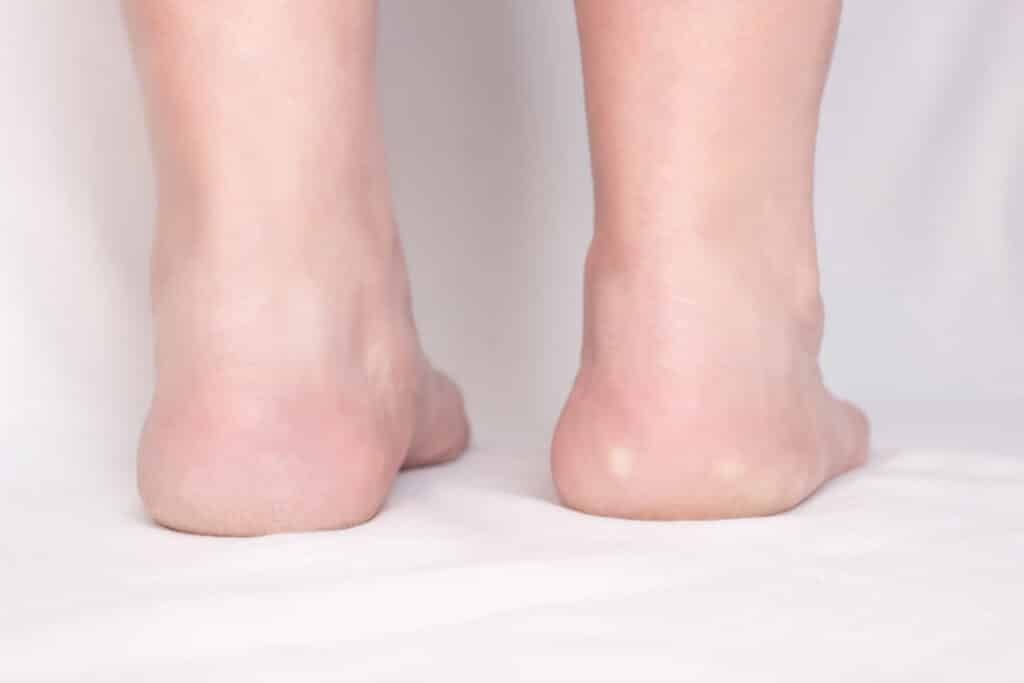Our bones support us, protect our organs, and allow us to be mobile. However, when those bones sustain—or develop—damage, these processes can be inhibited. Bone spurs result from damaged joints more often than most people realize. These growths can cause pain and limit movement if they grow to abnormal size, so they should be managed early on. Here we explore how spurs form, the symptoms they can initiate, and how to treat them.

What Are Bone Spurs?
Also referred to as osteophytes, bone spurs are bony projections that grow on the fringes of bone. They are most commonly found near joints, especially in the feet, knees, hands, and spine. These bony outgrowths are not inherently painful in and of themselves; in fact, they are part of the body’s healing mechanism. When joints are damaged, the body produces new bone material to repair cartilage, and this is often manifested as spurs.
Joint damage is the biggest cause of spur formation, though the cause of the damage does vary, including sources within one’s control like diet and overuse and those outside of one’s control (genetics, congenital bone problems, and spinal stenosis). The most prevalent cause of joint damage leading to spur formation is osteoarthritis, the chronic wearing down of cartilage. This correlation may indicate why bone spurs are highly prevalent among the population 50 years and older, affecting about 80% of men and 60% of women.
Sometimes bone spurs go undetected without x-ray diagnosis. If they do not press on nerves or other bone, they can be relatively innocuous. If, however, they interact with other parts of the body, such as a spine narrowed by spinal stenosis, the result is usually pain.

Common Symptoms
The best case scenario when an individual has bone spurs is that they simply go unnoticed. If no side effects present themselves, spurs may go undiagnosed and untreated. Sometimes, however, the abnormal bulges can cause trouble. Because spurs usually form in the joints, the result is often the bony mass rubbing against other bones. The exact symptoms that arise are dependent on the location of the spur.
- Spurs on the bones of the feet can lead to plantar fasciitis.
- Spurs near muscle groups can cause spasming, cramping, or weakness.
- Spurs in the limbs can result in stiffness or limited mobility and even lead to tendonitis or tendon tears.
- Spurs can sometimes be seen as visible bumps on the extremities.
- Spurs in the legs can result in weakness or numbness.
- Spurs that form on the spine can pinch spinal nerves, inhibiting mobility or causing the spine to seize up.
- Spurs that grow on the spine can also lead to bladder control problems, though this symptom is rare.
- Spurs can also break off and get stuck in the lining of the joint. When this happens, they are referred to as “loose bodies.” They can lock up the joint, limiting mobility.
Regardless of where they form, spurs can cause pain that isn’t necessary. When any of these symptoms arise, be it pressure on the nerves or restricted movement, it is wise to seek treatment.

Treating Bone Spurs
When spur growth makes ignoring them impossible, there are a few methods to treat the problem. The most effective, especially if spur growth is on the spine, is spinal decompression. This natural and noninvasive process can pull the protrusion of bone off of compressed spinal nerves, relieving the pain.
Remedies to “dissolve” bone spurs at home should be treated with healthy skepticism. Strengthening regimes like physical therapy are better based on sound physiological principles and empirical evidence of improving joint strength and range of motion. In very severe cases, a patient may need to undergo surgery to have spurs removed, but this necessity is rare.
Preventative Care
Prevention is the best medicine, and stopping spurs before they form is no exception. Wearing supportive and good-quality shoes can keep spurs from forming on the bones of your feet, especially if those shoes do not rub against your feet. Be wise in how far you push your body when you exercise or even perform regular tasks. Allow your body time to rest so your joints do not become strained and damaged.
Vitamin D is an essential nutrient for proper bone formation, and getting sufficient sun and enough calcium in your diet will help to strengthen and protect your bones. By taking good care of your body, you can protect your bones from the worst effects of bone spur formation.

